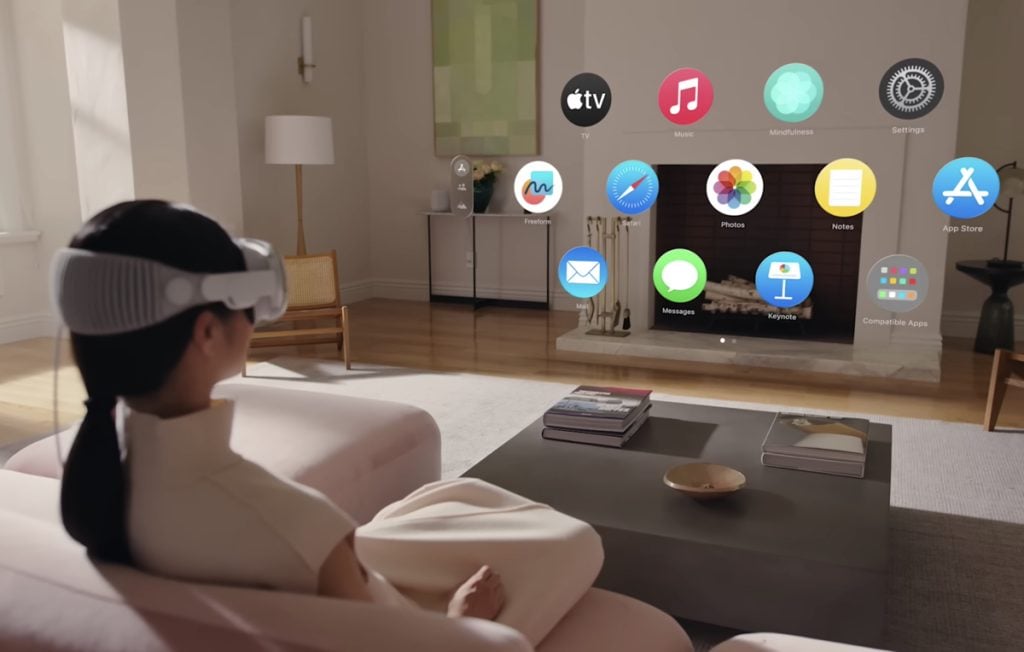Why Some Consumers Are Returning the Apple Vision Pro Headset After Purchase
The Apple Vision Pro, which first went on sale in the United States on February 2, is experiencing an unexpected trend. As the company's 14-day return period approaches, an increasing number of early buyers are returning their headsets.
1. Physical Discomfort Leading to Returns:
A significant reason for these returns, as reported recently, is physical discomfort experienced by users. Despite the initial excitement around Apple's new device and its premium pricing, it appears that customers are unwilling to compromise on comfort or ease of use.
2. The Verge's Report on Social Media Trends:
The Verge, in a recent report, highlighted a growing trend among Apple Vision Pro buyers on social media platforms. These users claim they have returned or plan to return their mixed reality headsets due to physical discomfort, including headaches, motion sickness, and eye irritation. These issues are reportedly linked to the headset's weight, which can reach up to 650 grams depending on the configuration, and the design of its strap, along with an external battery pack weighing 353 grams.
3. Other Wearable Device Challenges:
The report adds that almost all wearable devices have varying degrees of flaws depending on their compatibility with each unique human body. For instance, users of smart rings face issues with inaccurate sizing, while smartwatch users might struggle with the size and weight of the watch capsule relative to their wrist size.
4. Productivity Concerns with "Spatial Computing":
Some Apple Vision Pro users are dissatisfied with the headset's "spatial computing" productivity compared to traditional PCs or laptops. This is particularly concerning given the device's high price range, starting at $3,499 for the 256 GB base option, with 512 GB and 1 TB options priced at $3,699 and $3,899, respectively.
5. User Complaints on Specific Tasks:
Users have complained about experiencing dizziness when looking at Figma screens and difficulties in multitasking and switching between tabs. There are also claims that Vision Pro does not support all file types, affecting productivity.
6. Limited App Support Issues:
A social media user noted that despite Apple's claim of the Apple Vision Pro supporting 1,000 custom apps and compatibility with over 1.5 million apps, the AR/VR headset does not support many "useful" applications, potentially further impacting individual productivity.
7. Continued Enthusiasm for Technology:
Despite these issues, many Apple Vision Pro users remain excited about the technology. The report suggests that some of them would be open to trying a second, improved generation of the headset. However, readers are advised to take this report with a grain of caution as it is not supported by relevant data and is largely anecdotal.
8. Meta CEO's Opinion on Apple Vision Pro:
Meta CEO Mark Zuckerberg was not impressed with Apple Vision Pro. In a video posted on his Instagram account on Tuesday, Zuckerberg showcased Apple's headset and concluded that Meta's own Quest 3 headset was "the better product, period."
Finally:
While the Apple Vision Pro represents a significant advancement in wearable technology, the mixed reactions from early adopters highlight important considerations for both consumers and manufacturers. Issues like physical comfort, productivity capabilities, and application support play crucial roles in the user experience and satisfaction with such cutting-edge devices.






